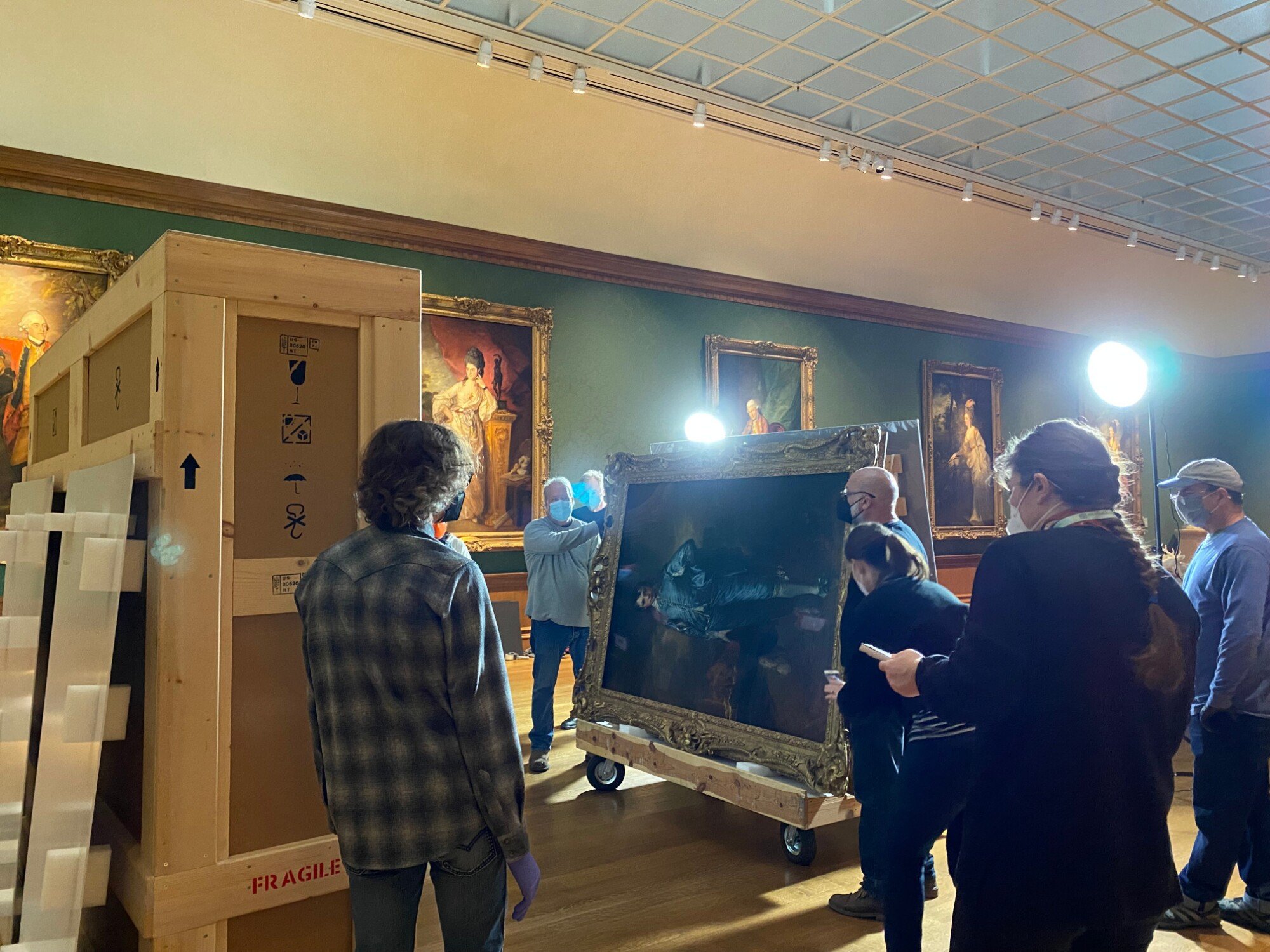Hospitals to Hotels: The Versatility of Electric HVAC (2/4)
4 applications for electric HVAC you might not know about, part two: Museums and cultural institutions
We’re back with our second post in this series focused on the versatile and impactful use of electric heating and cooling systems. This time we’re diving into museums and cultural institutions.
“[A]rt objects must be kept at a temperature of 70 degrees Fahrenheit (plus or minus four degrees) with a relative humidity of 50 percent (plus or minus three percent), to be precise. But this limited range requires large amounts of energy, is expensive, and can be extremely difficult to sustain.”
The Getty Conservation Institute (Photo: Jenny Kim).
The High Stakes World of Priceless Artifacts
For cultural institutions, museums, and art galleries, maintaining specific temperatures and humidity levels is more than a nice-to-have. When these institutions are considering how to maintain consistent environments for storing and showcasing irreplaceable artifacts and masterpieces, there are a lot of factors at play.
Getty Museums shares an interesting story about the small range of temperatures and relative humidity that are needed for preserving the cultural artifacts in their care - we’re talking plus or minus four degrees between masterpiece and catastrophe. “As climate change continues to put pressure on how institutions operate, museum professionals around the world are facing the new climate reality with urgency and proposing mitigation solutions.”
The LEED Platinum Certified Avenir Collections Center at Denver Museum of Nature and Science (https://www.dmns.org/science/avenir-collections-center/).
Designed for Sustainability
Electric HVAC might be just the answer that these stewarding institutions are looking for. The Denver Museum of Nature and Science is one example of using ground-source heat pump technology to advance sustainability, bring down operating costs, and meet the precise needs of their collections.
“The new wing’s two below-ground levels—known collectively as the Avenir Collections Center—are designed to sustainably preserve the Museum’s anthropology, archives, earth sciences, and zoology collections while optimizing preventive conservation methods, access, and climate control…Its predominantly underground location provides passive regulation of the preservation environment; it also has a ground source heat pump, solar-heated hot water source, photovoltaic array, and custom-designed HVAC system with seasonal set points that are more easily adjusted and require less energy to achieve in the Denver climate” (Avenir Collections Center, Denver Museum of Nature and Science).
Just loved this series so much you can’t get enough? Here are our other posts on hospitals, manufacturing, and hotels. Dig in!




